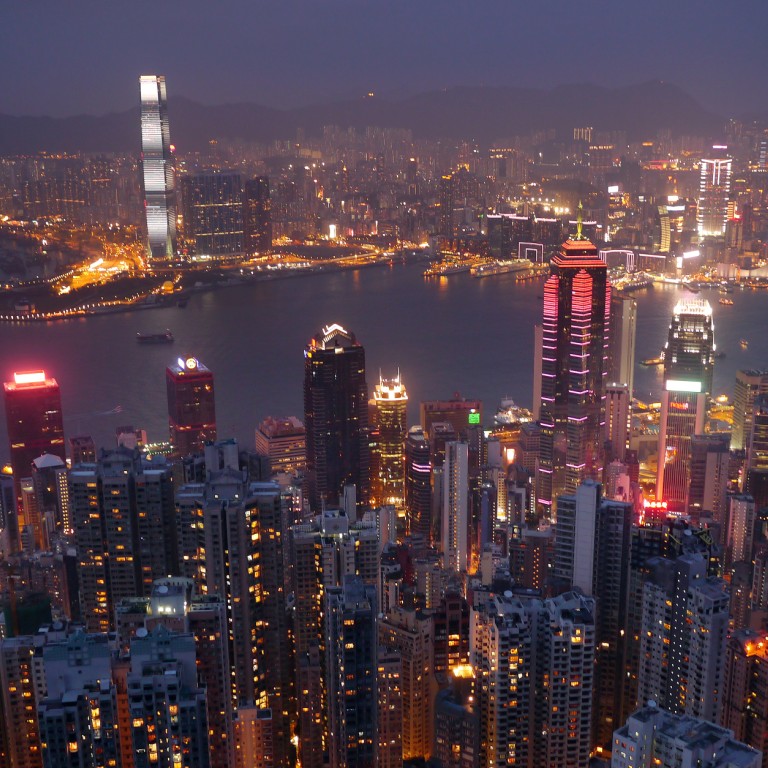
Public, industry agree on light pollution so why don't officials act?
Edwin Lau says both public and industry want the government to act
A task force was formed in August 2011 to advise the government on effective measures to tackle light pollution. It was given a year to explore solutions.
Yet, after two years of discussion, the task force still could not give the government and the Legislative Council a clearer direction on how to deal with the problem. Instead of further discussions, three consultation meetings were held from late last month to early this month to obtain views from industry representatives and the general public.
The task force negotiations were difficult, but I did not want to give up, so I attended all three consultation meetings in my own time, trying to clarify misunderstandings of the proposed controls.
Some want signs that are brighter than their neighbours’, which creates a vicious cycle
Two important points came out of the consultations. Firstly, the majority of the public supported the government introducing mandatory controls. Some asked if the legislative process could be speeded up as light pollution problems have dragged on for some years with no improvement in the situation, despite the Environmental Protection Department's industry guidelines issued in early 2012.
The views from the advertising/lighting trade were quite similar to the public's. Some preferred clearer guidelines to a charter, and most said voluntary approaches wouldn't address the problem. While they support a mandatory approach, they also urged the task force to provide clear definitions for advertising and decorative lights, with exemptions for late-night shops.
Some expressed the need for different controls in different zones, so stricter curbs can be enforced in purely residential and rural zones.
Some trade and lighting experts felt that Hong Kong is too bright at night and urged the inclusion of luminous intensity measurements as a way to reduce light nuisance and energy wastage.
Secondly, there is general misunderstanding in the commercial sector and the trade that an introduction of mandatory controls would seriously affect their business, and that Hong Kong would turn into a dark city at night. Even so, they agreed that shops should turn off their advertising lights after business hours, and that they would benefit through savings on electricity bills.
It wouldn't be hard for every designer of lighting and advertising boards to set the luminous intensity of their product to comply with government-introduced statutory standards. The problem is that some clients do not listen to professional advice, and want signs that are brighter than those of their neighbours, which creates a vicious cycle of an over-lit city getting even brighter.
Decades ago, there were considerably fewer advertising billboards and spotlights around Hong Kong at night, yet the city was known for the beauty of its night scenes. This was created by using all manner of lighting in a controlled way, rather than in the current unrestrained fashion, where everyone competes to be brightest.
The Environmental Protection Department claims that it has no preference for a mandatory or voluntary approach for light pollution control. In order to make such an important decision, that will affect many people in Hong Kong, officials now have the information from the task force, and the views of the public.
It's clear Environment Secretary Wong Kam-sing has to decide. He has everything he needs to find a solution: the public expects him to move quickly to cure this problem.

